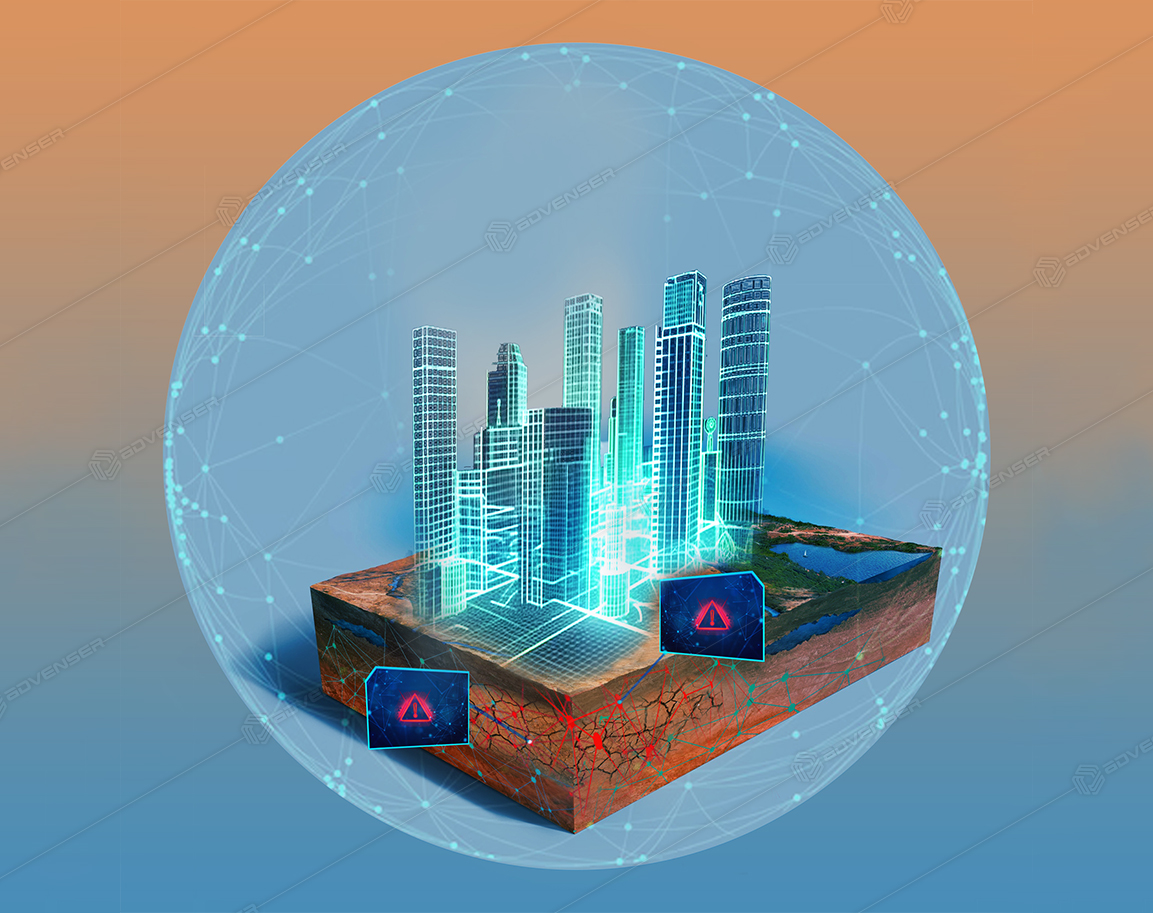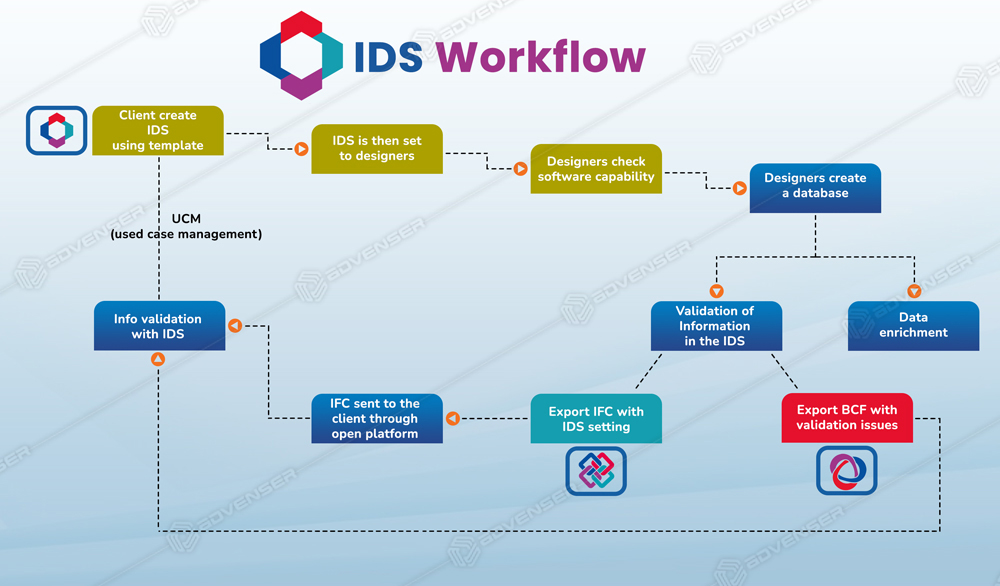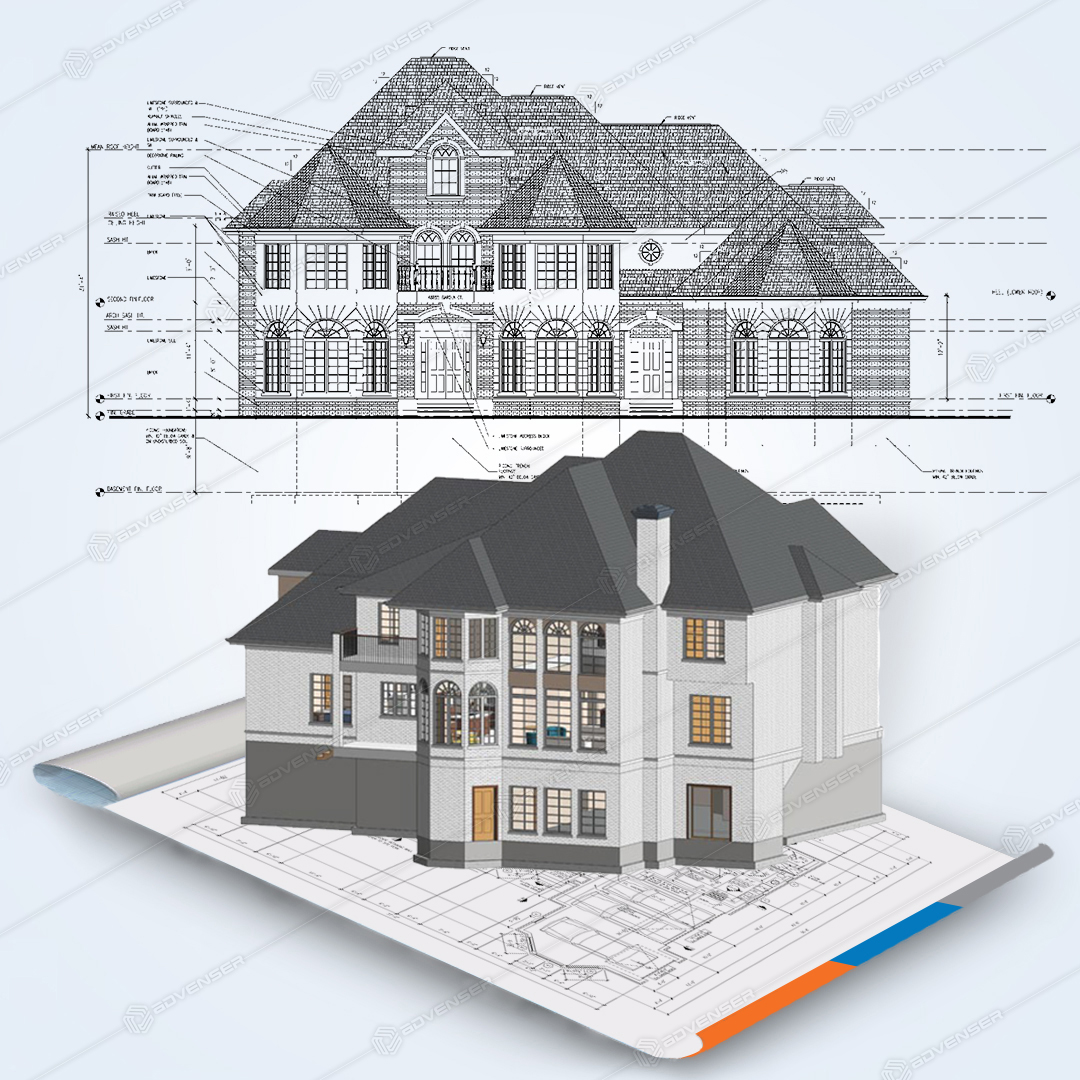Understanding BIM LOD, Levels, and LOI: Navigating the Depths of Building Information Modeling
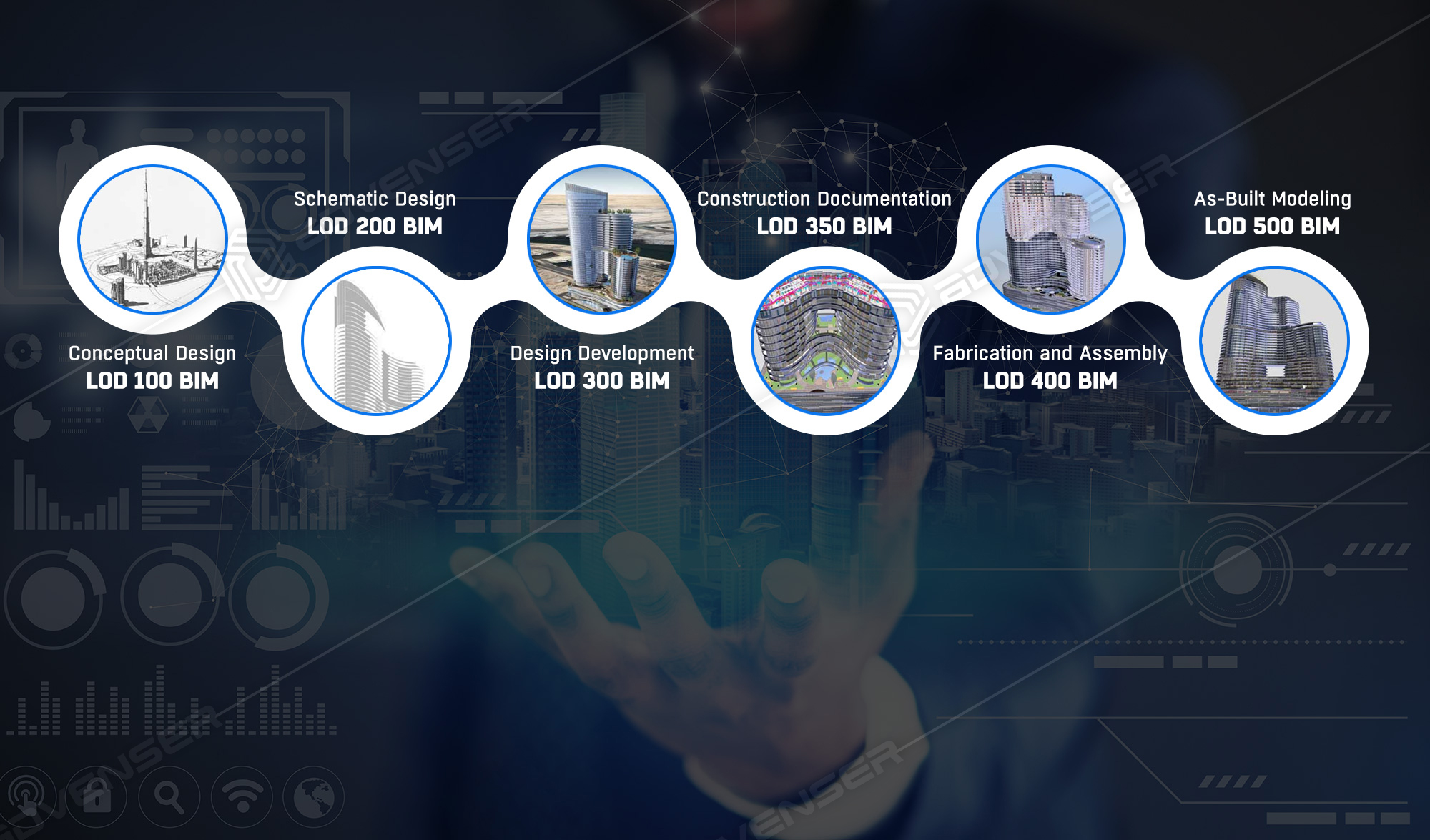
Exploring BIM LOD, Levels, and LOI:
1. BIM LOD (Level of Development)
BIM LOD pertains to the level of detail present in a model, which encompasses factors like the number of primitives within it. It essentially offers an insight into how intricate the model is in terms of its visual representation.
BIM Level of Development (LOD) refers to the degree of completeness and detail to which a Building Information Model (BIM) element has been developed during different phases of a construction project. It is a widely recognized standard for defining the level of detail and accuracy that a BIM object or element should have at various stages of the project lifecycle.
The concept of LOD is used to ensure clear communication among project stakeholders and to manage expectations regarding the quality and maturity of the BIM data. It helps prevent misunderstandings and discrepancies by specifying the exact level of information that should be included in the BIM model at each stage of the project.
The American Institute of Architects (AIA) and the Associated General Contractors of America (AGC) have developed a standardized LOD framework that consists of different levels, commonly referred to as LOD 100, LOD 200, LOD 300, LOD 350, LOD 400, and LOD 500. This LOD definition defined by AIA is widely adopted by the AECO industry. Each level represents a specific level of detail and information:
LOD 100
Conceptual Design – Basic representations used to convey the overall shape, size, and location of elements. It provides a rough idea without specific dimensions or details.
LOD 200
Schematic Design – More detailed representations that include approximate dimensions, shapes, and locations of elements. This level is used to support design decisions.
LOD 300
Design Development – Accurate models that represent elements with specific/precise dimensions, shapes, quantities, and locations.
LOD 350
Construction Documentation/Construction Ready Model – The LOD 350 model provides a solid foundation for the coordination of systems and components by efficiently running clash detection programs, resolving them, and offering precise BIM coordination. It may not include every minute detail or fabrication-level information.
LOD 350 has been added as an intermediate level that strikes between design and construction to bridge the gap between and to better aid trade coordination, including better articulation of the connection between elements. This model explains the interaction between building elements through graphics and written definitions.
LOD 400
Construction Stage/Fabricated & Assembled model – Highly detailed models with specific assemblies, precise connections, and relevant metadata. This level is often used for fabrication and construction purposes.
LOD 500
As-Built or Facilities Management – Models that include actual data about the installed elements, suitable for facility management and maintenance.
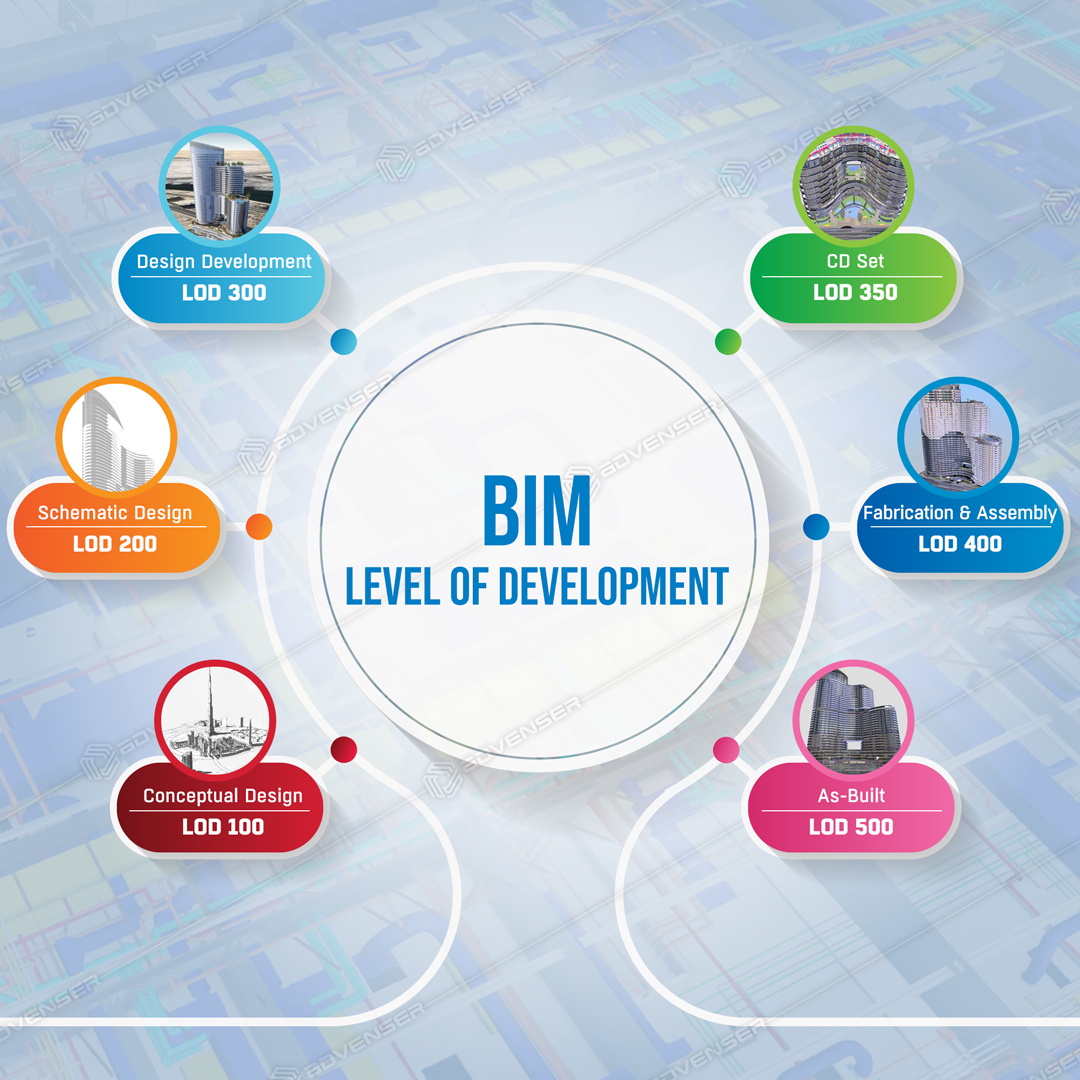
BIM LOD UK
LOD 1 (brief)
LOD 2 (concept)
A conceptual or volumetric model that comprises of basic areas and volumes, orientation and cost.
LOD 3 (developed design)
Systems that are generalized with approximate measurements of quantity, size, shape, location, and orientation.
LOD 4 (production)
A technical design model that accurately models and coordinates elements can be useful in estimating costs and verifying regulatory compliance.
LOD 5 (installation)
A construction and assembly model that meets precise requirements and includes specific components.
LOD 6 (as constructed)
Includes construction details for asset use and maintenance.
LOD 7 (in use)
A model of asset data that can be utilized for ongoing maintenance and monitoring procedures.
LOD Comparison
RIBA (Royal Institute of British Architects):
RIBA’s Plan of Work is widely used in the UK and provides a framework for the design and construction process.
While RIBA does not explicitly provide LOD specifications like BIMForum, it aligns with the BIM-level concepts and emphasizes collaboration and information exchange at different stages. The RIBA Plan of Work includes stages from 0 to 7, with BIM level considerations integrated into each stage.
BIMForum LOD Specifications
The BIMForum, associated with the AGC, provides a well-defined LOD specification that outlines six levels of development, ranging from LOD 100 to LOD 500.
These levels define the extent of detail and accuracy of both graphical and non-graphical information in BIM elements.
The BIMForum’s LOD specifications are commonly used in the U.S. construction industry to set expectations and improve communication among project stakeholders.
ISO 19650:
ISO 19650 is an international standard that provides guidelines for the organization and digitization of information about buildings and civil engineering works, including BIM.
It includes two parts: ISO 19650-1 and ISO 19650-2.
While ISO 19650 does not provide explicit LOD specifications like BIMForum, it emphasizes information management and exchange throughout the project lifecycle.
ISO 19650 focuses on collaborative working, data exchange formats, and information requirements.
RIBA: Focuses on stages of design and construction aligned with BIM levels.
BIMForum: Offers detailed LOD specifications ranging from LOD 100 to LOD 500.
ISO 19650: Emphasizes information management, collaboration, and data exchange throughout the project lifecycle.
The choice of which specification to follow often depends on regional practices, industry standards, and project requirements. It is also worth noting that these standards and specifications may evolve over time. Hence, it is crucial to refer to the most current versions and guidelines when working on BIM projects.
Understanding Level of Development vs. Level of Detail:
Level of Development (LOD):
- LOD refers to the degree of completeness and accuracy of both the graphical and non-graphical information within a BIM element.
- It takes into account not only the visual representation but also the associated data and attributes.
- LOD is typically defined by standards or guidelines (such as those provided by BIMForum or ISO 19650) and is categorized into levels (e.g., LOD 100, LOD 200, LOD 300, etc.), each specifying the level of detail and information required at different stages of a project.
Level of Detail (LOD):
- Level of Detail, on the other hand, primarily focuses on the graphical representation of a BIM element.
- It pertains to the geometric complexity, accuracy, and refinement of the 3D model’s visual appearance.
- It addresses questions like how detailed and refined the geometry of a component is in terms of vertices, edges, surfaces, and curves..??
- Different levels of detail in the visual representation can be useful for various purposes, such as visualization, design, coordination, and fabrication.
2. BIM Levels
One of the crucial aspects of BIM is its classification into different levels, commonly known as BIM levels. BIM has different levels of “maturity” ranging from 0 to 3. The aim of BIM levels is to integrate precise and pertinent data into the BIM model throughout the design-build procedure.
Different levels of BIM are described as below:
Level 0
This level represents the absence of BIM. Design and construction processes are typically done with traditional 2D CAD drawings and lack collaboration and information sharing.
Level 1
At Level 1, BIM is introduced in a project, but primarily as a 3D modeling tool. However, collaboration and information sharing may still be limited or partial, and different stakeholders may use separate models along with 2D CAD drawings.
Level 2
Level 2 BIM involves the use of 3D models by different project participants, who share information between different software platforms by means of common file formats or data exchange standards (CDE) and IFC. Collaboration and coordination among stakeholders are improved at this level.
Level 3
Level 3 BIM focuses on full collaboration and integration of project information, with the use of a single, shared project model. Data is exchanged in a real-time environment, enabling seamless collaboration among all stakeholders throughout the project lifecycle. It also consists of 4D (construction sequencing), 5D (cost), and 6D (project lifecycle information) as per the project requirements. This can be referred to as Open BIM.
Level 4
This latest level that has been introduced focuses on the ideas of enhancing social outcomes and promoting well-being.
The purpose of BIM levels is to establish a common understanding of the maturity and capabilities of BIM implementation in a project or industry.
3. BIM LOI (Level of Information)
The BIM Forum uses the term “Level of Information” (LOI) to refer to the appropriate level of detail needed for non-graphical data, such as performance metrics, materials, and sustainability information, at every stage of a project. This is a critical aspect of BIM since non-graphical data can have a significant impact on the efficiency and sustainability of a construction project. LOI represents the amount of information that needs to be added to the metadata, or asset tags.
It is closely related and complements LOD (Level of Development) by specifying the quality and reliability of the information contained within the model. While LOD specifies the geometric and visual detail of a BIM element, LOI specifies the level of detail and accuracy of the non-graphical data associated with that element.
The concept of LOI is important because a BIM model is not just about visual representation; it’s also about data-rich information that supports design, construction, and facility management. LOI ensures that the BIM model contains the necessary data for making informed decisions and facilitating collaboration among project stakeholders.



